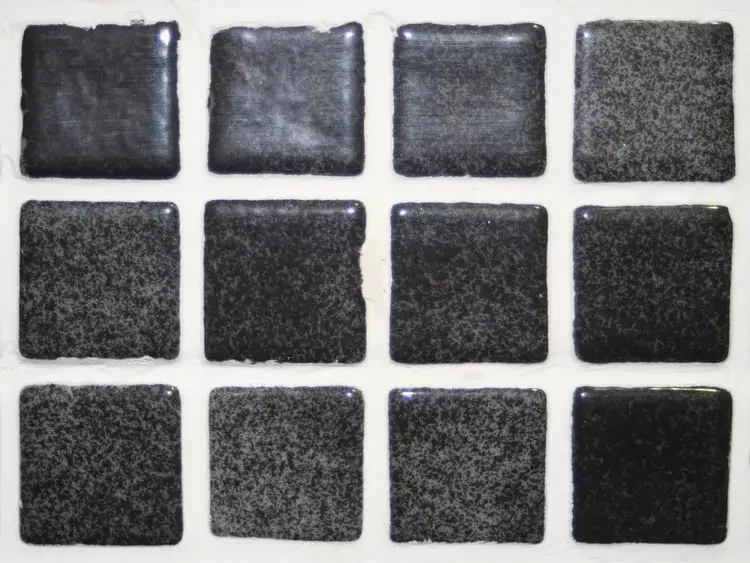The challenge of interpreting images on social media has intensified, prompting many to grapple with an insightful sight test. A recent photo shared widely on a Facebook group has left viewers puzzled, with numerous mistaking its contents for Lego parts.
Now no cheating on this sight test – what do you think this is?

This intriguing image, captured from a helicopter by a photographer hailing from Hangzhou, Zhejiang Province, China, has sparked curiosity among many. Initially resembling Lego pieces, the photographer astutely identified the subject as dozens of retired buses stored within a secure facility. Despite its viral spread online, only a handful correctly deduced the true nature of this sight test upon first glance.
Talented at capturing illusions, the same photographer managed to do this

Additionally, the photographer has immortalized other captivating scenes within the region. Notably, a stunning aerial view of Hangzhou National Park in Zhejiang Province showcases the poetic symmetry of its lush trees, captivating viewers with its natural beauty. In these times of restricted travel and holiday cancellations, the power of imagery to transport us to distant places is undeniable.

A whimsical post on social media juxtaposing a boat and a cheesecake prompts viewers to ponder their desires, highlighting the longing for travel experiences amidst the current circumstances. Indeed, the allure of travel and exploration persists, as evidenced by the playful interpretation of images shared across platforms like Facebook and Instagram.
If optical illusions are your thing, here are a few more to ponder over
The Hermann Grid Optical Illusion

The Hermann Grid illusion is when you see gray dots at the center of where lines cross. But when you look directly at one dot, it seems to disappear or change color. People have different ideas about why this happens. One idea is called lateral inhibition. It says that the brightness of the lines makes nearby cells in your eyes adjust how they react to light. But newer evidence suggests this might not be the whole story.
Another theory called S1 simple-cell theory might make more sense. It says that certain cells in your brain’s visual center react to specific things you see. Support for this theory comes from the fact that the illusion still happens no matter how big the grid is or even if you change the colors.
This means it’s not just about how your eyes work, but how your brain processes what it sees. Researchers are still figuring out exactly why illusions like the Hermann Grid happen. But by studying these illusions, they’re learning more about how our brains make sense of the world around us.
The Zollner Optical Illusion

Sometimes, the background of a picture messes with how your brain sees the picture, like in the Zollner illusion. Looking at this illusion for too long can even make you feel a bit sick! The reason for this is the angles of the shorter lines compared to the longer ones. It tricks your brain into thinking there’s depth in the picture when there really isn’t.
The Muller-Lyer Optical Illusion

Here’s a classic illusion that still confuses a lot of folks: Which line looks longer to you? Surprisingly, both lines are actually the same length. This puzzling effect is called the Muller-Lyer Illusion. Scientists have come up with a couple of ideas to explain why it tricks our brains.
One theory suggests that our brains mix up information about size and distance. Normally, we’re good at judging how big things are based on how far away they seem. But when it comes to flat pictures like this one, our brains can get it wrong.
Another theory says that our brains get fooled by clues that suggest depth. Depending on whether the line ends point inward or outward, our brains might think one line is longer than the other. Plus, the overall shape of the figure can also mess with our perception of line length.
Sources
- “Sight test! 8 out of 10 were wrong. What’s actually in the picture” Today USA. December 25, 2023.
- “10 Cool Optical Illusions and How They Work” Very Well Mind. Kendra Cherry, MSEd. March 03, 2023
